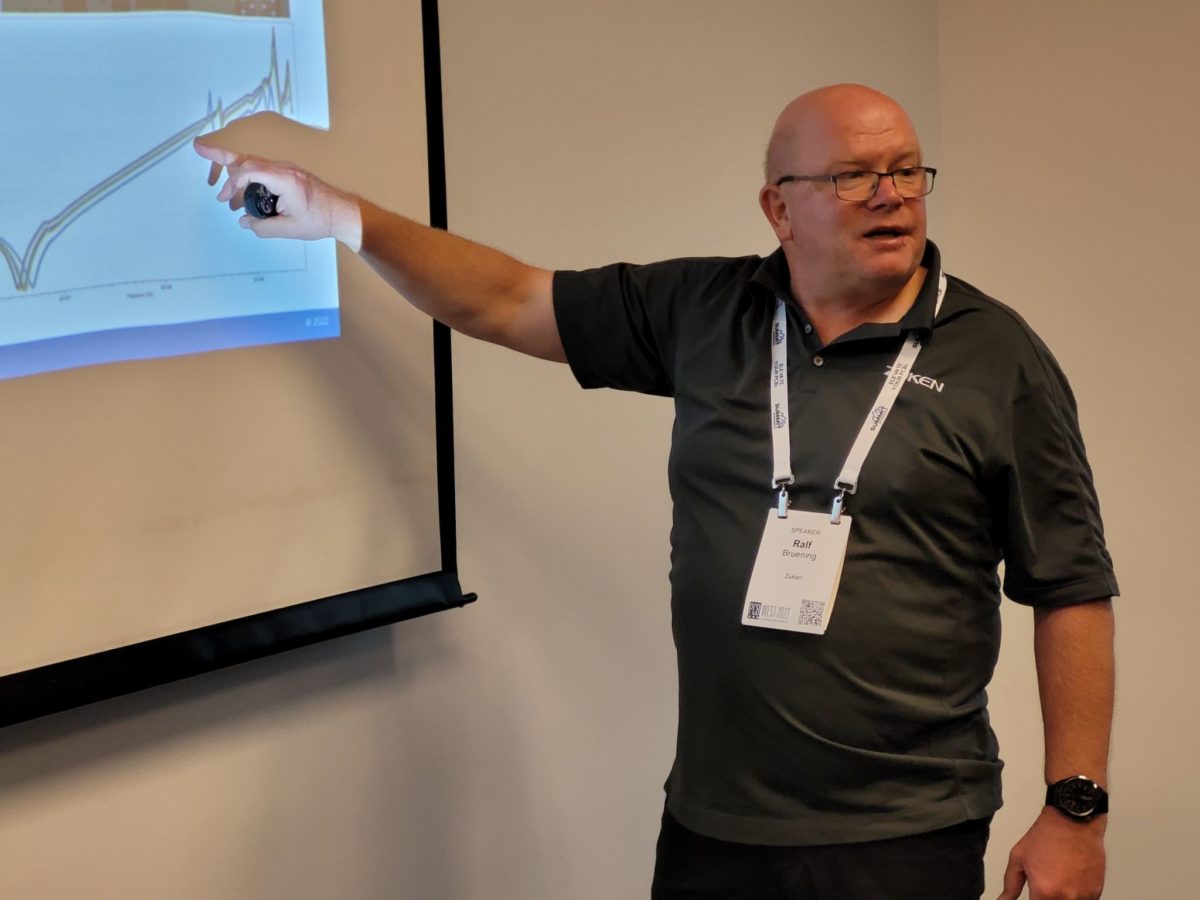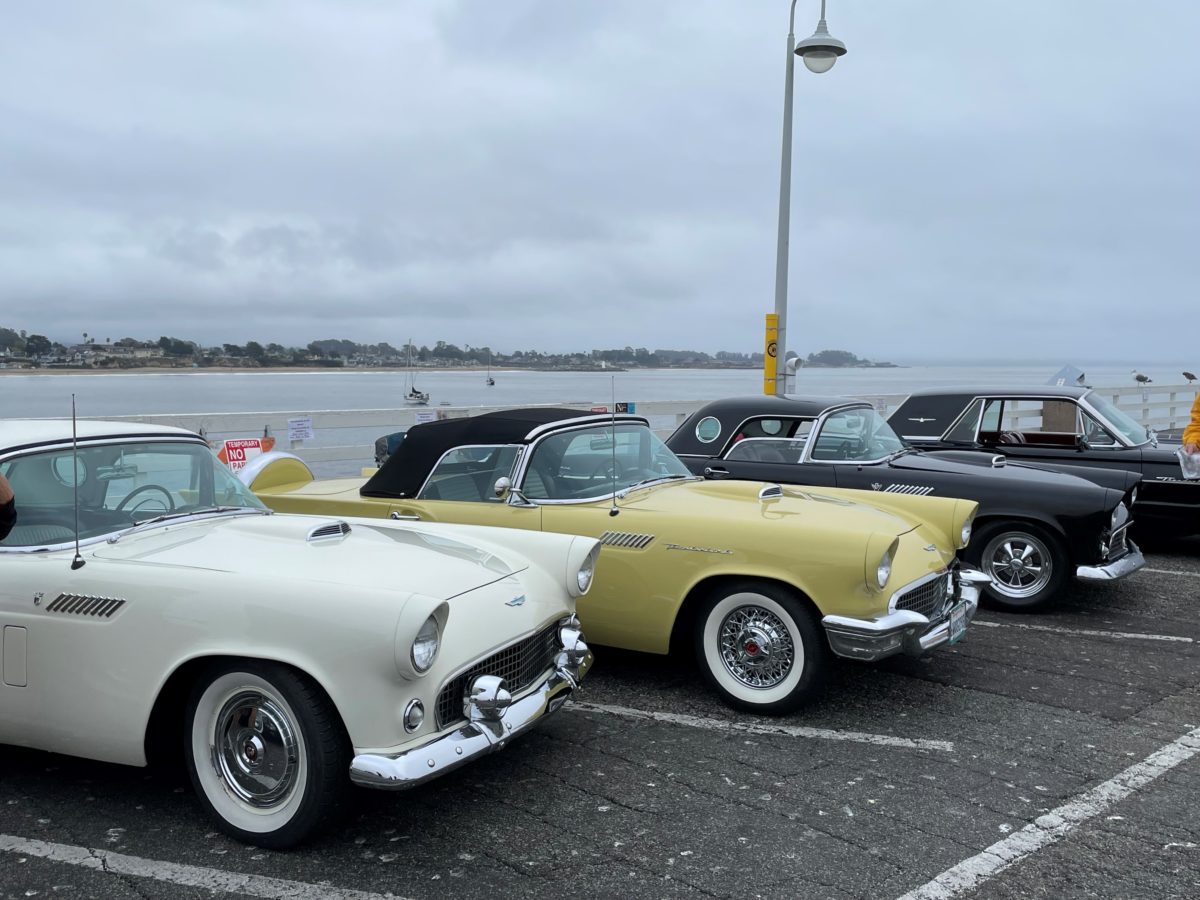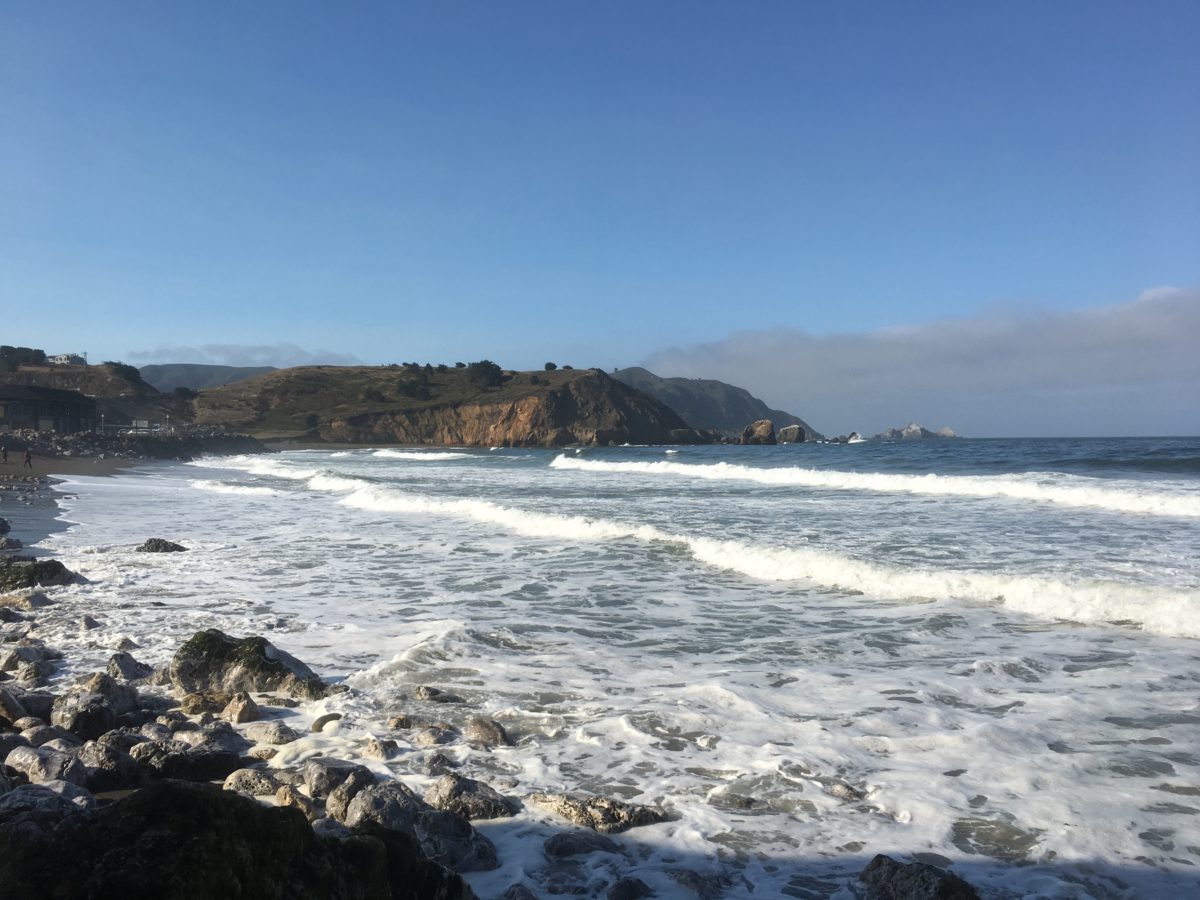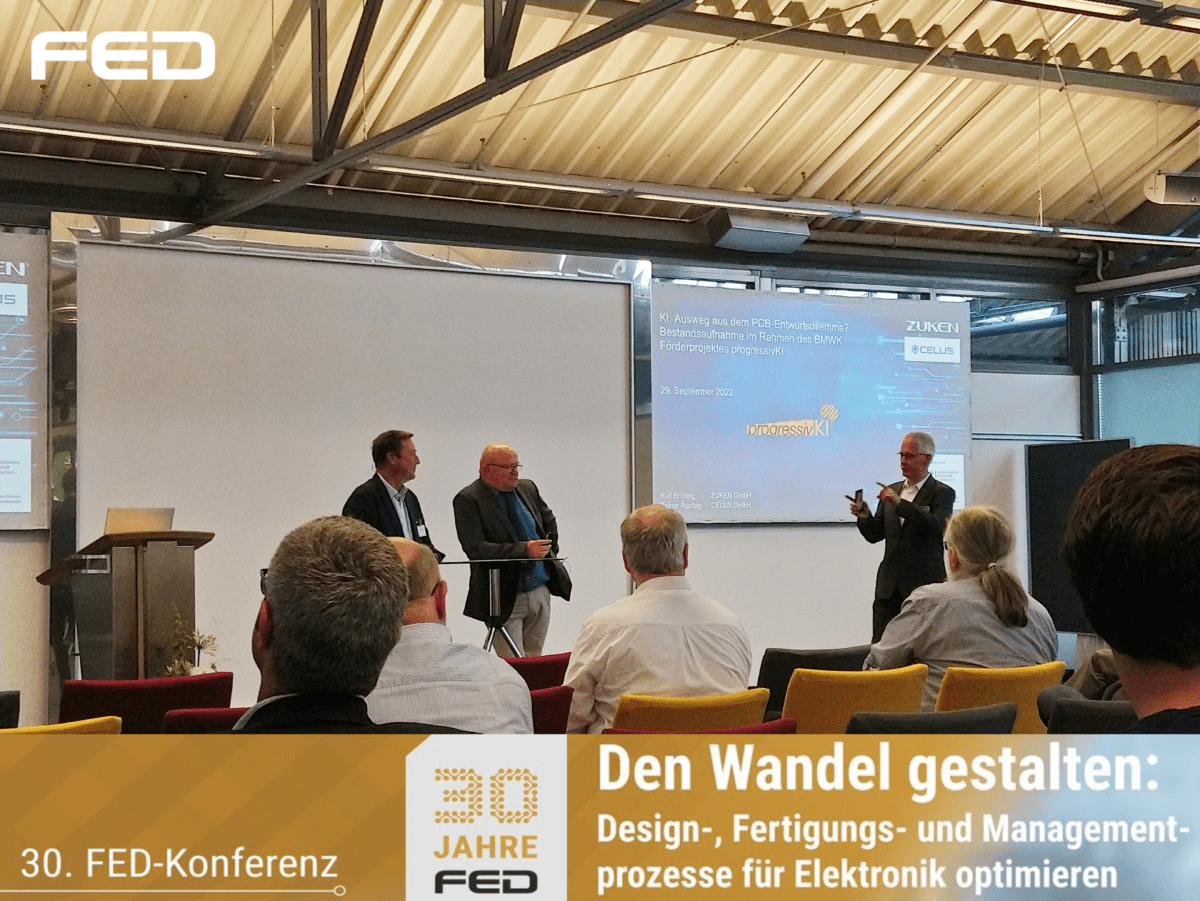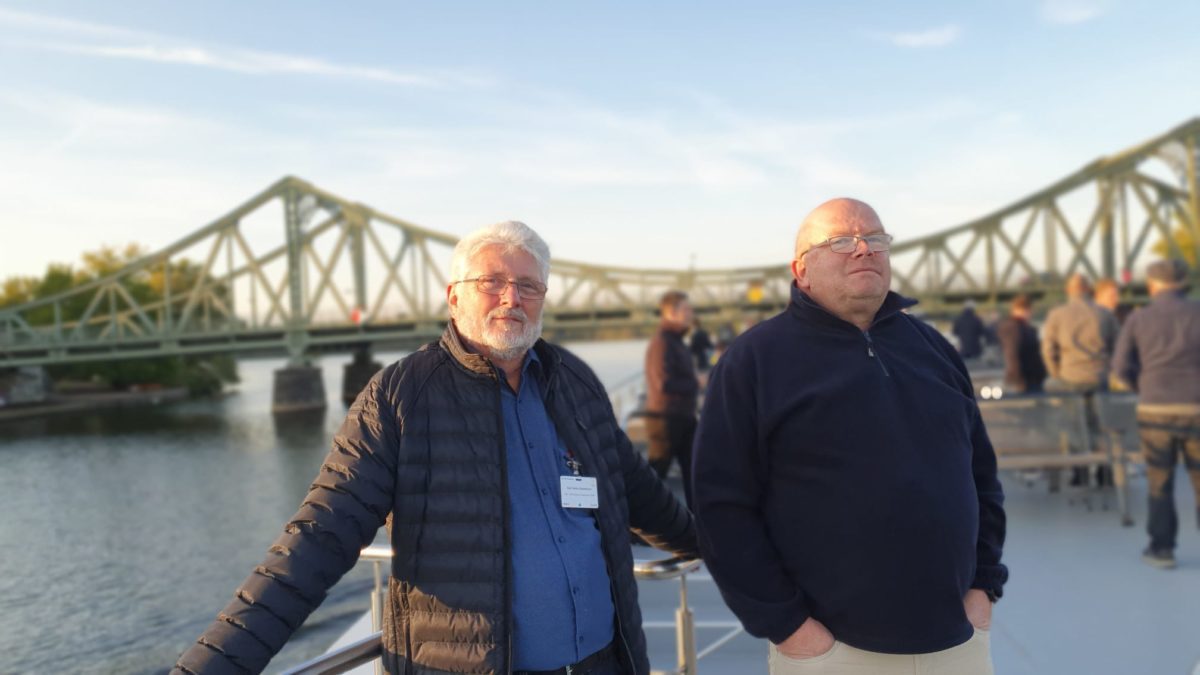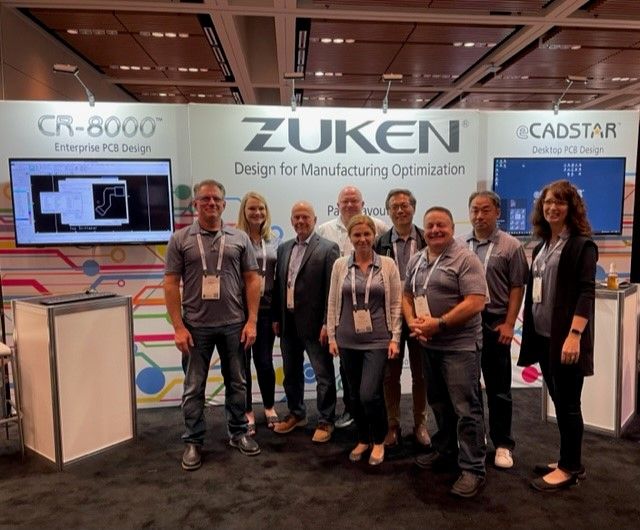
It’s been quite a while since most of us experienced ‘real’ trade shows and conventions with lots of attendees and in-person meetings, with face-2-face discussions, packed meeting rooms, and evening events. Even if that part of our electronic industry business life saw some kind of re-birth in 2021, we still had lots of Covid-19 restrictions last year and early in 2022.
So for me personally I have to look back to the pre-covid time (in fact 2019) when thinking about the last events where I presented and discussed various topics of PCB design and analysis for signal and power-integrity issues with the audience.
I was very excited that I had the honour to present at two PCB-related conferences in a row within 2 weeks time, including traveling around half the globe from Paderborn via Potsdam (which is close to Berlin) to the Californian shores of the Pacific Ocean (and back or course).
30 years of FED conferences
The FED – a German Electronics Design Association – was holding their annual conference in the old residence town of Potsdam, a 4 hours car ride to start my journey. Potsdam is a charming mid-size city, famous for plenty of medieval relicts and full historical districts like the Dutch quarter, lots of Hohenzollern heritage with the iconic Sanssouci palace and its outstanding gardens, dating back to king Frederick the Great of Prussia. The palace and gardens are often compared to Versailles Palace in France in their beauty and splendor.
This year’s venue was an anniversary event, the thirtieth annual conference of the FED, a conference that is since 1991 (in 2020 there was no event because of the pandemic) the meeting point for PCB designers from Germany, Austria, and Switzerland, and which has established a combined technical exhibition and convention, tutorial and workshop format over the recent years. It is meanwhile the key event for German-speaking attendees of the PCB design- and manufacturing community.
I was invited to present our recent research activities which are part of a 3-year R&D project funded by the German government where we investigate how AI/ML techniques can be used to improve the PCB design process, in particular in our dedicated domain of Signal- and Power-Integrity verification of complex high-speed PCBs. I joined forces on this presentation with one of the project partners (Celus GmbH), finding quite an audience in a packed conference room and an interesting discussion afterward at our booth.
On the booth which we, like in previous years, shared with our friends from CSK (our German eCADSTAR distributor) we presented new features of the 2022 releases of eCADSTAR and CR-8000. Worth mentioning is the social event which brought us on a two-hour boat tour on Havel river and the canals around Potsdam and its numerous historic signs and the various castles – quite impressive and just amazing (particularly because of the sun breaking through the clouds just a few minutes prior the departure of the ship).
The PCB Design community meets at PCB West in Santa Clara
Directly after the FED conference, I had to catch a plane for my second stop, PCB-West in Santa Clara. A bit of a funny coincidence, PCB-West is more or less the same age as the FED conference: they also turned 30 last year. For more than a quarter of a century, PCB-West has the aim to train and educate designers, engineers, fabricators, and, lately, assemblers on making printed circuit boards for every product or use you may imagine. The educational conference attracts several hundred attendees every year while typically around 2,000 engineers register for the exhibition which is a showcase for EDA vendors, design service companies, and fabricators/assemblers.
Located in Santa Clara Convention Centre in the heart of Silicon Valley, the conference attracts locals from all the tech companies around in a similar manner to visitors from overseas. On Tuesday, I had the honour to teach a Power Integrity Class under the theme: “From DC to Daylight – Power Integrity and Decoupling for PCB-Designers”. Later that day it was a pleasure to meet people again which I have not seen in 3 years and which I have known for a long time (my first PCB-West presentation was back in 1999 – a Signal Integrity Primer – still a topic of high interest). Beyond my own presentation, I took the opportunity to listen to the talks of some of the icons of our industry, so I snuck into sessions given by Rick Hartley, Dan Beeker, and Gary Ferrari.
Sandwiched in the middle of all the conference days, the PCB-West exhibition took place where I was part of the booth staff. I had the chance to talk to quite a number of visitors about our SI/PI analysis capabilities in both, CR-8000 Design-Force and eCADSTAR. Especially some of my class attendees took the chance for a follow-up discussion and a live demo of how the theoretical aspects of PCB power integrity can be tackled by numerical simulation approaches (like in the Zuken PI/EMI tool).
Besides all the business aspects it was just awesome to be back in California after all that time – and the bay area showed all its sides to me, sunny and warm in the valley, chilly with the usual fog creeping over the mountains and into San Francisco to an extent that most of the Golden Gate Bridge was hidden in the fog. Only a day later, a blue sky was presenting an invitation for typical Californian beach life shining down on Halloween pumpkins and old Thunderbird cars cruising along the ocean drive, and roaring voices of the sea lions populating the pier underground.
Finally, to finish a great journey, on the last day while taking a rest for a late breakfast in Pacifica (just south of San Francisco), I spotted a humpback whale strolling in that coastal area on its way southwards winter migration, jumping a few times out of the water – a real terrific moment I’ll never forget!
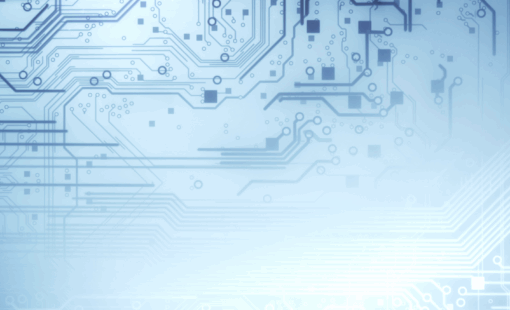
- Blog
High-Speed-Serial-Links wirken oft wie schwarze Magie – steigende Datenraten verstärken dieses Gefühl. Donald Telian (SI Guys) und Ralf Brüning holen die Diskussion zurück zu den Grundlagen.
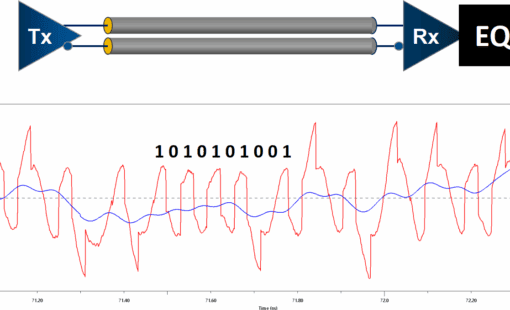
- Blog
Lerne die beiden wichtigsten Grundlagen für den zuverlässigen Entwurf von High Speed Serial Links und erfahre, wie du Herausforderungen bei der Signalintegrität bei Geschwindigkeiten von mehreren Gbit/s meistern kannst.

- Blog
CR-8000 2025 integrates AI to support constraint-driven PCB design - offering layout guidance, reusable knowledge, and schematic consistency without removing the engineer from the loop.
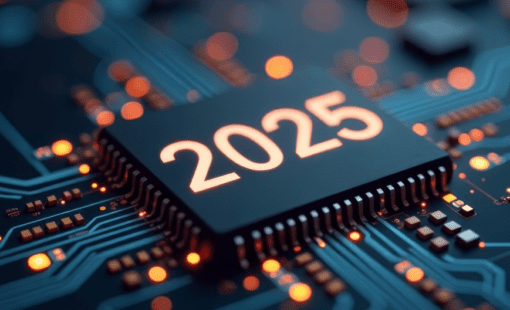
- Blog
Die Leiterplattenindustrie entwickelt sich ständig weiter, da technologische Fortschritte und neue Marktanforderungen die Grenzen des Machbaren immer weiter verschieben. Bis 2025 werden mehrere wichtige Trends die Branche prägen. Mehr erfahren? Jetzt in unserem Blog nachlesen!

